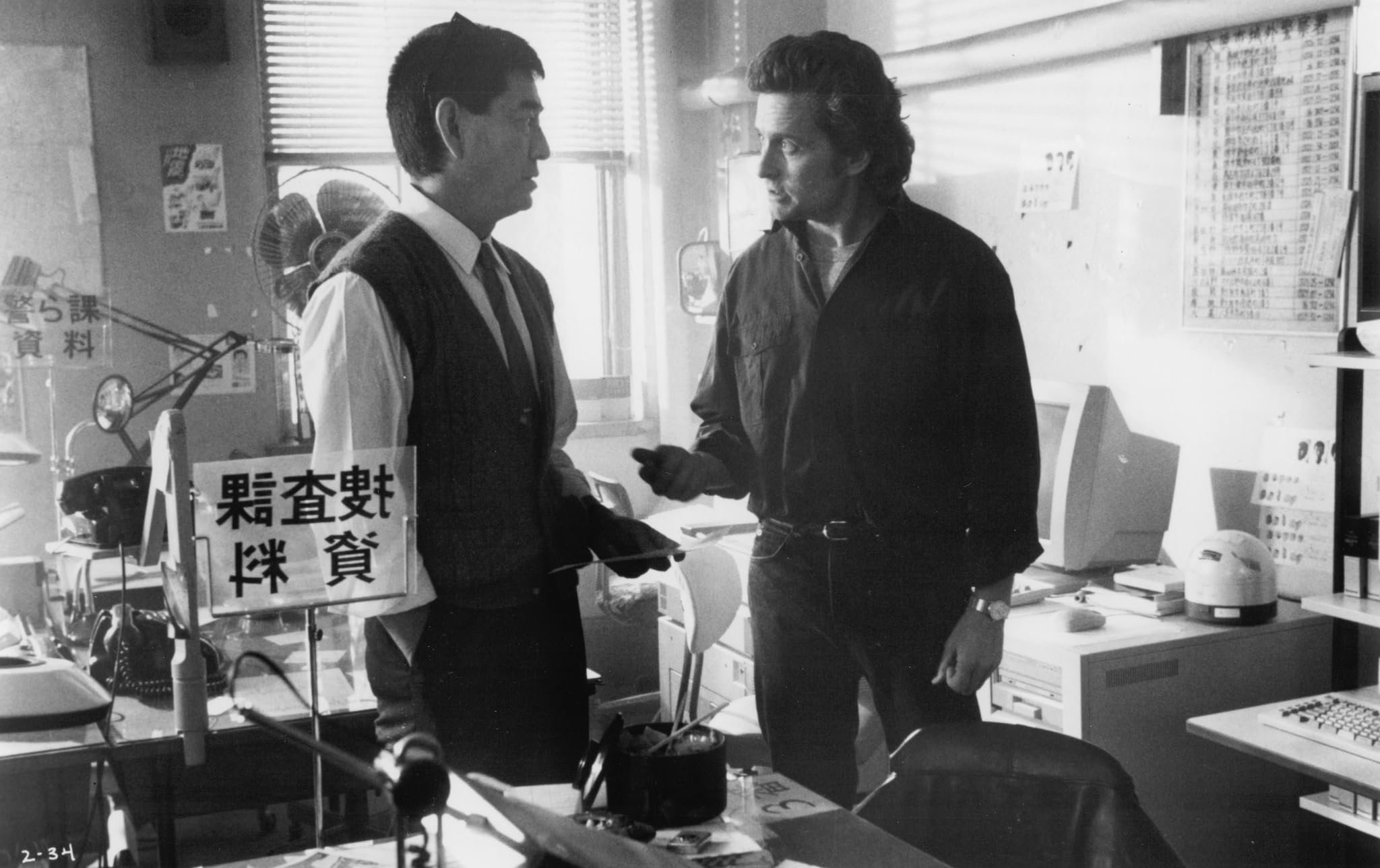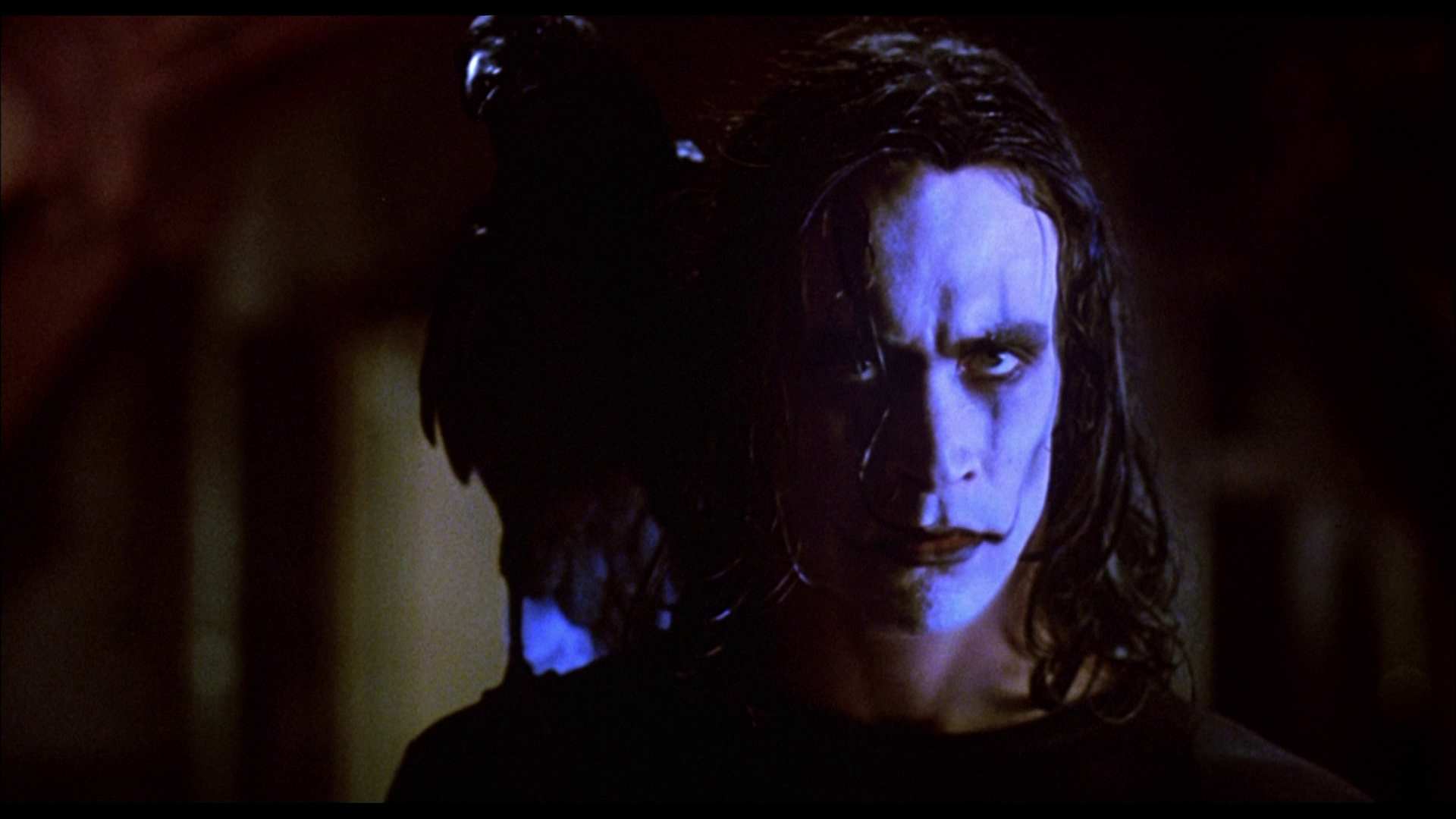Woke films always existed. You just did not care Part IV
US films starring Asian Leads
Key films
-
The Karate Kid (1984)
Big Trouble in Little China (1986)
Black Rain (1989)
-
Big Trouble in Little Tokyo (1991)
Rapid Fire (1992)
The Crow (1994)
Mortal Kombat (1995)
Mortal Kombat Annihilation (1997)
Mulan (1998)
Rush Hour (1998)
The Replacement Killers (1998)
Anna and the King (1999)
-
Shanghai Noon (2000)
Romeo Must Die (2000)
Kiss of the Dragon (2001)
The One (2001)
Rush Hour 2 (2001)
Shanghai Knights (2002)
Cradle 2 the Grave (2003)
The Last Samurai (2004)
Unleashed (2005)
Memoirs of a Geisha (2005)
Letters from Iwo Jima (2006)
The Forbidden Kingdom (2008)
-
Bunraku (2010)
Man of Tai Chi (2013)
Columbus (2017)
First They Killed My Father (2017)
Crazy Rich Asians (2018)
Hustlers (2019)
The Farewell (2019)
In the fourth part of the “woke” film articles, we continue to analyze US cinematic outputs that have featured non-white leads. In this round, we will focus on Asian leads, a population group that does not necessarily receive the same attention as others, despite its wide influence in the post 60s pop culture. In our current era, the legacies of Bruce Lee, Jackie Chan, Jet Li, Brandon Lee, Chow Yun-fat, Pat Morita, Ken Takakura and Robin Shou are all easily forgotten.
While Asian representation in US cinema did not really take off till the mid (to late) 90s, its cultural impact (since the 70s) was undeniable. Two words: Bruce Lee. Experiencing proper discrimination and not just heated Twitter exchanges, dear old Bruce chose to break the racial ceiling through his teachings, philosophy and film catalogue, altering people’s racial assumptions and simultaneously introducing the concept of martial arts to the West through his action masterpiece “Enter the Dragon” (1973). Nevertheless, a steady reluctancy of including Asian individuals into leading roles persisted, relegating them instead to annoying, poorly English speaking sidekicks or mystical masters until “The Karate Kid” (1984) dropped. At this point Japanese culture (in this case) begun to be appreciated more (through a mainstream and diluted lens mostly) due to financial powerhouse that was Japan in the 80s. Pat Morita’s stoic, touching and Oscar nominated performance though as Mr. Miyagi made history. Two years later, John Carpenter’s “Big Trouble in Little China” (1986) went full on according to modern audiences, “woke” by making Kurt Russell’s main (white) hero a likeable buffoon so his Asian pal Dennis Dun can do all the ass kicking.
Excluding all the pseudo karate/ninja/kung fu inspired nonsense, it was not until Ridley Scott’s visually exciting “Black Rain” (1989) that a more respectful representation of Japan was seen on the big screen. Seeing its central white (obnoxious) protagonist being taught humility and assertiveness through the eyes of Ken Takakura was something novel back then. Despite a more central embrace of Asian culture primarily at the center of villainy (Triads! Yakuza!) (e.g., “Big Showdown in Little Tokyo” (1991)), it was between the years 1993 to 1995 where things changed.
Philip Kaufman’s “Rising Sun” (1993) featured not only an interracial duo but an attempt to showcase a nuanced Japanese culture and ethos take (in the form of Cary Hiroyuki-Tagawa’s Eddie). Brandon Lee was cast as Eric Draven (something that could be considered Asian-washing according to the non-woke crowd) in “The Crow” (1994), a role synonymous with the late actor in one of the most haunting films of all time. Jackie Chan’s “Rumble in the Bronx” (1995), Paul WS Anderson’s box office smash “Mortal Kombat” and J. F. Lawton’s “The Hunted” starring Christopher Lambert were all released in the same year. None of them resorted to a white savior complex or enforced Asian stereotypes (e.g., “you break, you buy”). Instead Jackie with his street style of environmental fighting antics and Robin Shou’s wire fu choreography made Hollywood’s action efforts look like pre-school projects in comparison. Lawton’s movie on the other hand went the extra mile by focusing on Japanese culture without seeking to explain its concepts or traditions. At the early 90s, you will have also a non-traditional good looking actor breaking the mold in the face of Keanu - Yeah! - Reeves who led participated in every project he could get his hands on and giving up at least three action icons: Johnny Utah in “Point Break” (1991), Jack Traven in “Speed” (1994) and of course the legend that is now Neo in “The Matrix” (1999)).
Brandon Lee as Eric Draven in Alex Proyas’ “The Crow” (1994)
Their success opened up opportunities for Asian leads (e.g., Christoph Gans’ “Crying Freeman” (1995) (although it is Canadian production), “Drive“ (1996), “Mortal Kombat: Annihilation” (1997) and Disney’s much beloved “Mulan” (1998), a landmark of beautiful storytelling). Meanwhile, Chan’s US career took off with “Rush Hour” (1998-2007) (a Black/Asian duo for you!) and the beloved “Shanghai Noon” (2000) and “Shanghai Knights” (2002). It was at this point where filmmakers realized the star power and the martial art charisma that Asian men carried. Starting as the main villain in Richard Donner’s “Lethal Weapon 4” (1998), Jet Li became a box office magnet in “Romeo Must Die” (2000) (featuring an exclusively Asian/Black cast as opposed to shoehorned white agents like in the progressive “Black Panther” (2018)), “The One” (2001), “Kiss of the Dragon” (2001), “The Tuxedo” (2002), “Cradle to the Grave” (2003) and “Unleashed” (2005). Chow Yun-fat on the other hand begun his Hollywood debut in Antoine Fuqua’s “The Replacement Killers” (1998) (with Mira Sorvino!) and went on to star on the very expensive “Anna and the King” (1999), “The Corruptor” (1999) and “Bulletproof Monk” (2003).
By the time Zhang Yimou’s “Hero” (2002) opened at the top of the US box office, it was not because people craved to see Chinese representation but because they embraced amazing artistry (carrying zero amounts of care about subtitles as it should be) and being Chinese was not associated with the “exotic” elements that previous decades used to assign. Keanu reigned supreme with his “Matrix” trilogy (2003) and his race swapped and now cult John Constantine (“Constantine“ (2005)). Six years later when “The Forbidden Kingdom” (2008) opened at the number 1 spot of the US box office, Jackie Chan and Jet Li were household names not before audiences being used to the Oscar nominated works like the “Last Samurai” (2004), “Memoirs of a Geisha” (2005) and Clint Eastwood’s “Letters from Iwo Jima” (2006) which offered alternative approaches to cultures polar opposite of Western sensibilities. The examples of “Gran Torino” (2008), “Kung Fu Panda” (2008-2015), “Bunraku“ (2010) (visually stunning), “47 Ronin” (2013), Keanu Reeve’s directional debut in “Man of Tai Chi“ (2013), Kogonada’s esoteric masterpiece “Colombus” (2017), Angelina Jolie’s “First They Killed My Father” (2017), the superbly romantic “Crazy Rich Asians” (2018) and in more recently, “Minari” (2020) honored respectfully Asian inspired and centric philosophy under a variety of genres. At the end of the 2010s, it will be unfair not to mention the behemoth that the “John Wick” (2014-2023) series became bringing forward the Keanunnaisance, each installment being more commercially and critically successful with the last (?) entry devoting almost its entire aesthetic to Kurosawa and its Asian influences.
Thus, when cookie cutter productions like “Shang Chi and the Legend of Ten Rings” (2021) made a meagre less than half a billion dollars under a Disney sized production and marketing budget ($250 + $100 million minimum), it was hailed as a breakthrough in the US market; an insult to Bruce, Jackie and Jet who changed the landscape (and did not have a mega corp behind their back). A small note. None of these champions of “culture” complain when Asian customs become a pastiche of elements and characteristics from various civilizations. Disney’s “Raya and the Last Dragon” (2021) thinks all South East Asians are the same while any signs of agitation disappear when Hong Kong born Yun-fat played a Siamese king in “Anna and the King”, Zhang Ziyi portrayed a Geisha in “Memoirs of a Geisha” (2005)) or South Korean (beloved actor here in Film Mining 101) Lee Byung-hun was cast as the Japanese Storm Shadow in “G.I Joe: Rise of Cobra” (2009) only to speak…Korean(!) because the Western audience will not know the difference.



